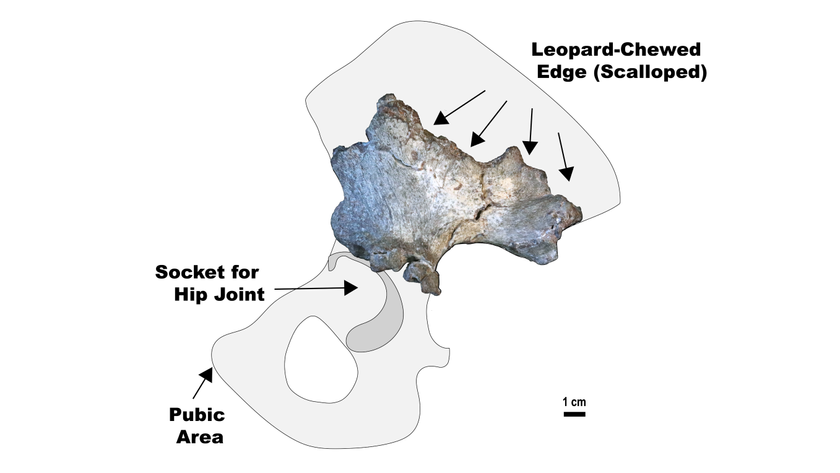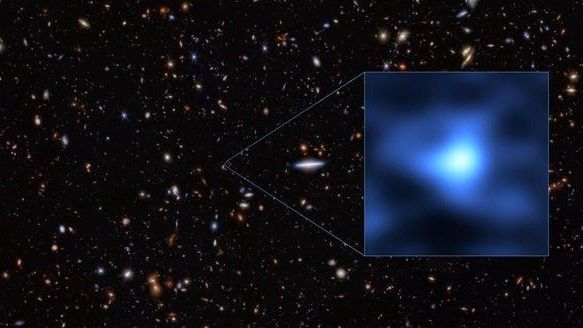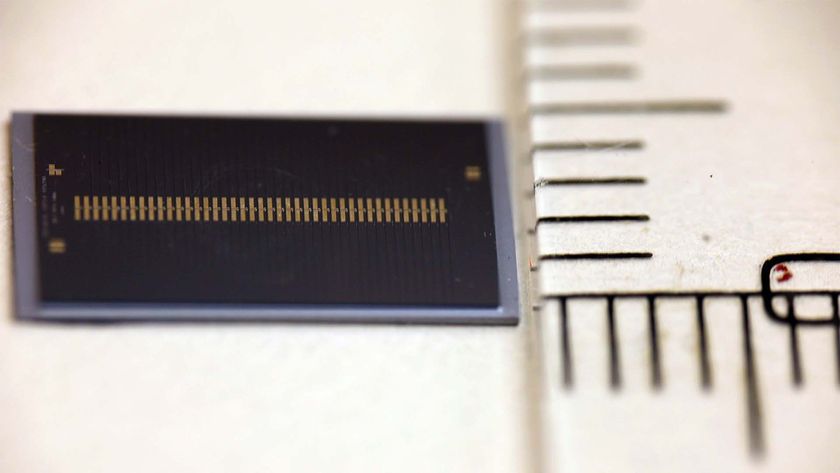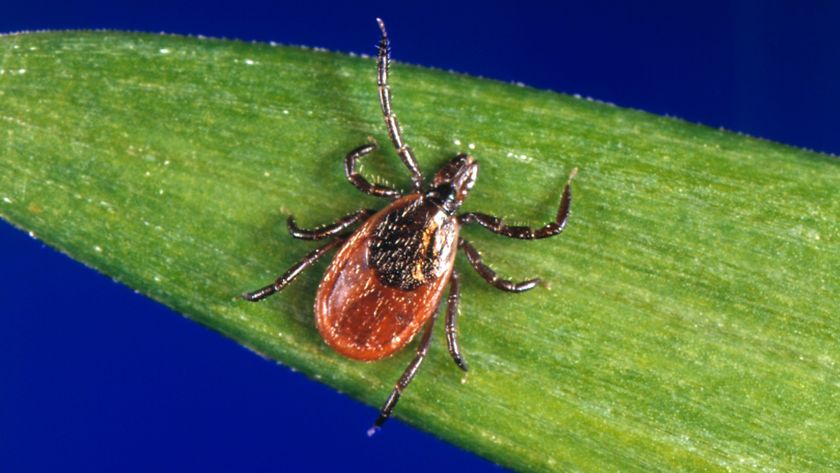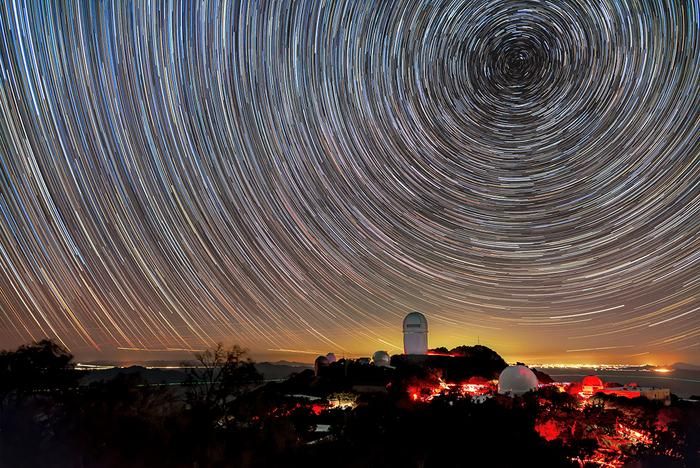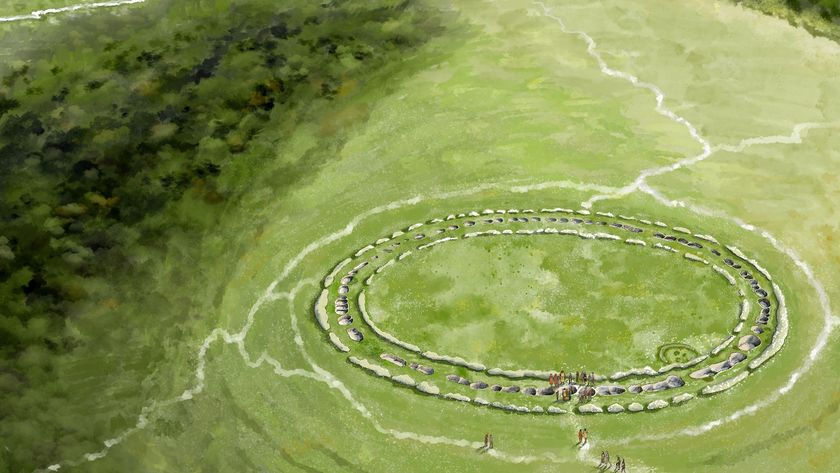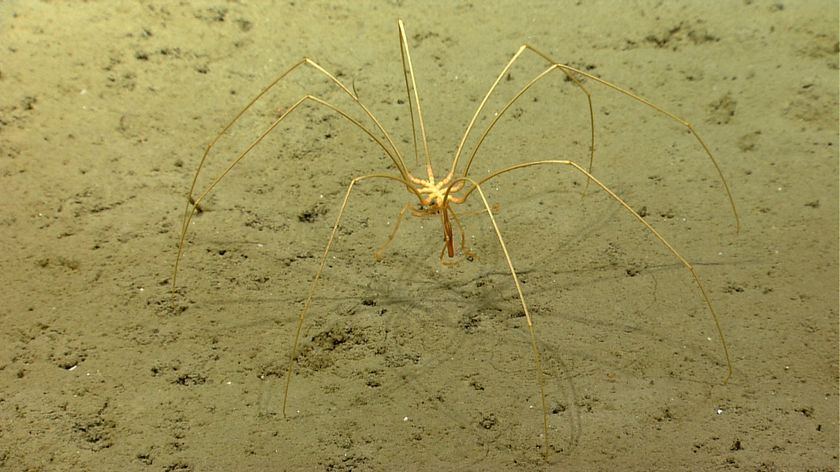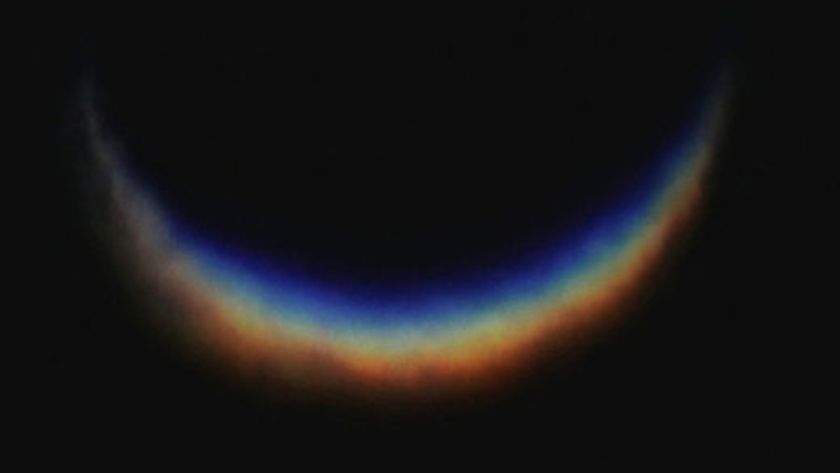New Moai statue that 'deified ancestors' found on Easter Island
A newly discovered Moai statue on Easter Island has been found buried in a dried up lake bed.
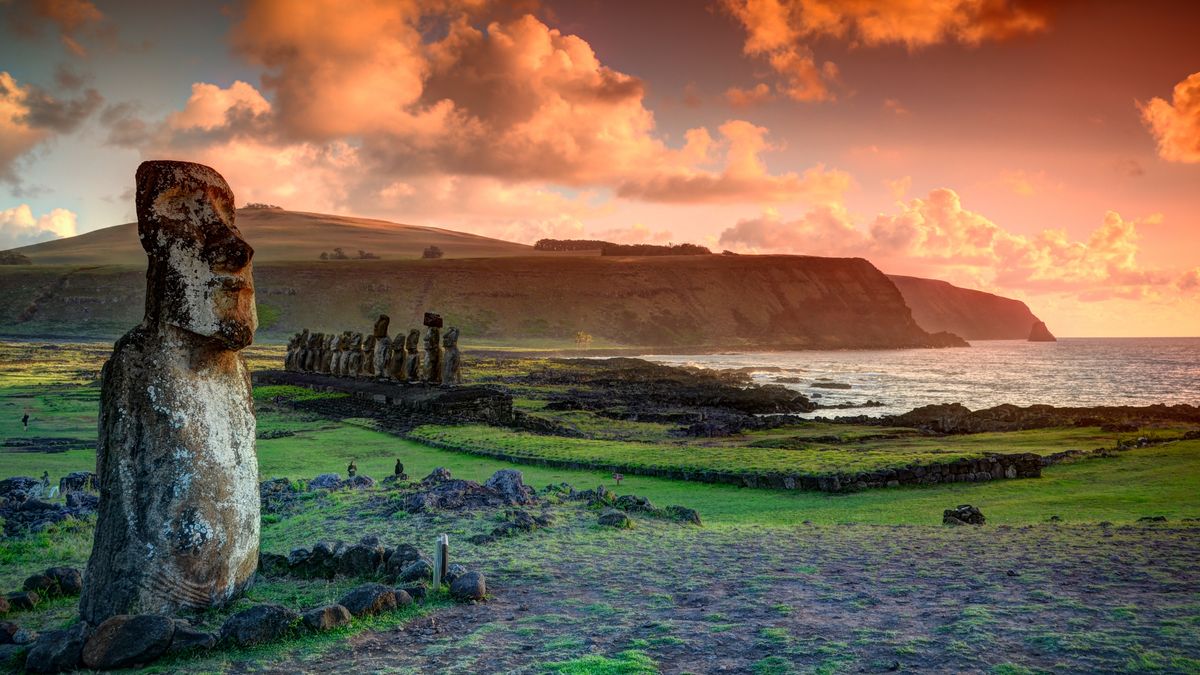
A previously unknown moai statue, one of Easter Island's massive carved monoliths, has been found buried beneath a dried up lake bed, Good Morning America reports.
Easter Island, also known as Rapa Nui, sits about 2,200 miles (3,540 kilometers) off the western coast of Chile and is home to nearly 8,000 people and about 1,000 moai statues. Unlike the other statues, which were found across the island, including on the slopes around Lake Rano Raraku, a volcanic crater that supplied much of the volcanic stone used to craft the moai statues, this moai was found in an unexpected place: the bottom of Lake Rano Raraku. The crater held freshwater until climate change and other factors, such as human use, caused it to dry up in recent years; in 2018, the lake water had nearly disappeared, according to a 2021 study published in the journal PLOS One.
"We think we know all the moai, but then a new one turns up, a new discovery," Terry Hunt, a professor of archaeology at the university of Arizona who specializes in the environmental histories of the Pacific Islands, told Good Morning America.
Related: How did Easter Island statues get their massive 'hats'?
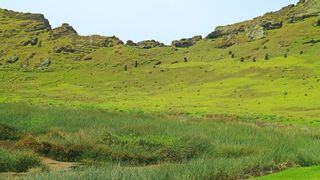
Moai, whose torsos are buried underground, are famous for their carved heads and "Pukao," a hat-like covering made from a soft red stone. The monoliths are enormous, too, with the largest statue, named Moai Paro, standing at 32 feet (10 meters) tall and weighing 90 tons (82 metric tons), the Easter Island Statue Project reported. The newfound statue, however, is smaller than most statues on the island, according to the Good Morning America broadcast.
The Indigenous islanders of Rapa Nui built the statues in a span of about 500 years, between the 13th and 18th centuries A.D., a 2019 study in the journal PLOS One reported.
"They represent the deified ancestors of today's islanders," Hunt said. "They're part of a Polynesian tradition of honoring your ancestors."
Sign up for the Live Science daily newsletter now
Get the world’s most fascinating discoveries delivered straight to your inbox.
Researchers plan to do radiocarbon dating on organic matter associated with the statue so they can pinpoint when the carving was made, Salvador Atan Hito, vice president of Ma'u Henua Indigenous Community, said in the broadcast.
The new finding is a spate of good news, as several moai have been damaged over the past few years. In October, a suspected arson attack left a number of the statues "totally charred" and in 2020 a resident damaged one of the sacred statues with a pickup truck, causing "incalculable damage." Meanwhile, the British Museum has two moai statues, which Rapa Nui leaders have asked to be returned.
You can learn more about the newly discovered moai by watching the Good Morning America report.

Laura is the archaeology and Life's Little Mysteries editor at Live Science. She also reports on general science, including paleontology. Her work has appeared in The New York Times, Scholastic, Popular Science and Spectrum, a site on autism research. She has won multiple awards from the Society of Professional Journalists and the Washington Newspaper Publishers Association for her reporting at a weekly newspaper near Seattle. Laura holds a bachelor's degree in English literature and psychology from Washington University in St. Louis and a master's degree in science writing from NYU.
